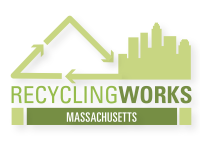1. Identify Food To Donate with Local Partners
Any business that handles food can donate it—as long as they follow food safety standards to maintain quality.
This includes a wide variety of establishments including restaurants, grocery and convenience stores, colleges and universities, K–12 schools, hospitals, corporate cafeterias, caterers, event venues, farms, farmers markets, sports arenas, food manufacturers, and trucking distribution centers.
To get started, reach out to local food rescue organizations, food banks, or donation apps in your area. Ask what types and quantities of food they accept—whether non-perishable, perishable, or prepared—and explore how your business can collaborate with them.
Many times, businesses and institutions recognize the opportunity to donate food once they begin a diversion program and start to look at what is being discarded.




